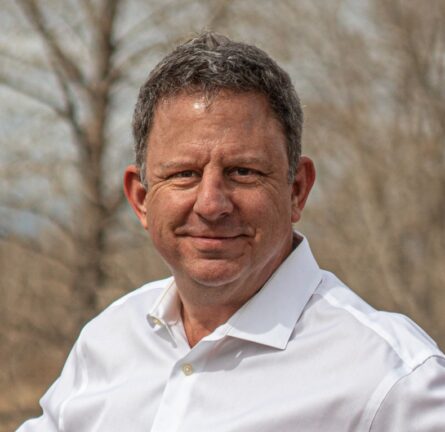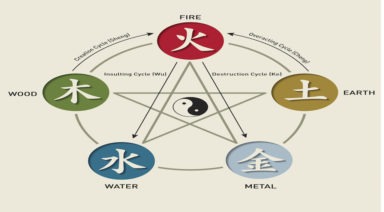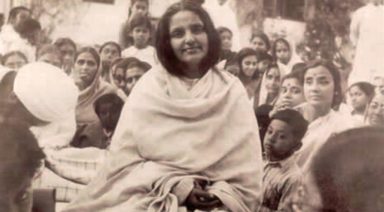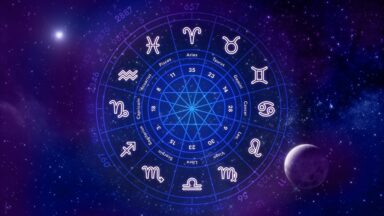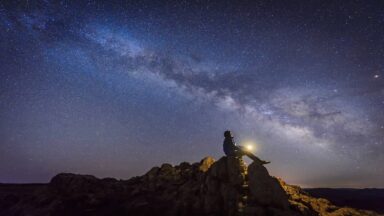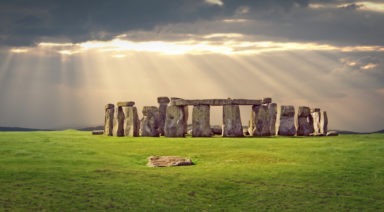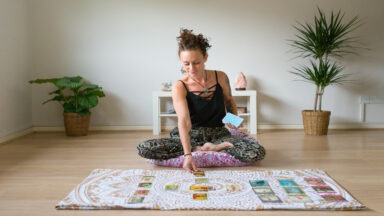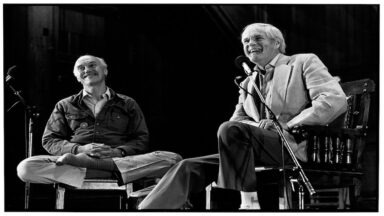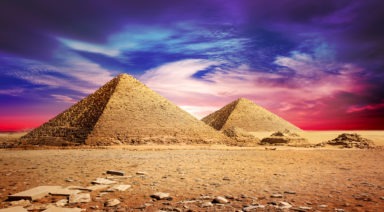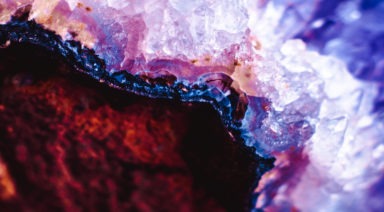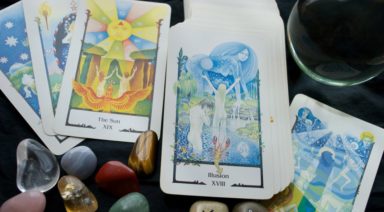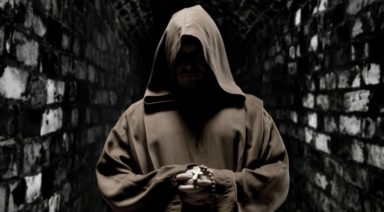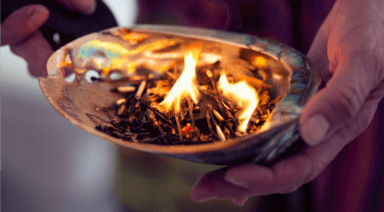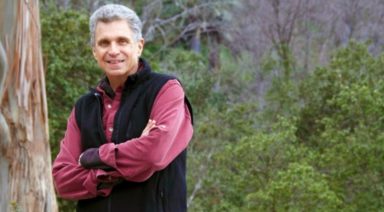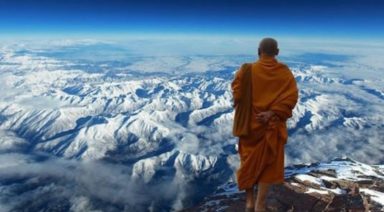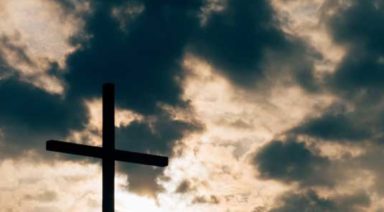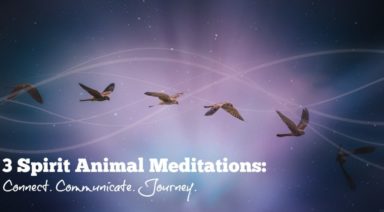Sai Baba of Shirdi: Creator, Sustainer, and Destroyer of Universes
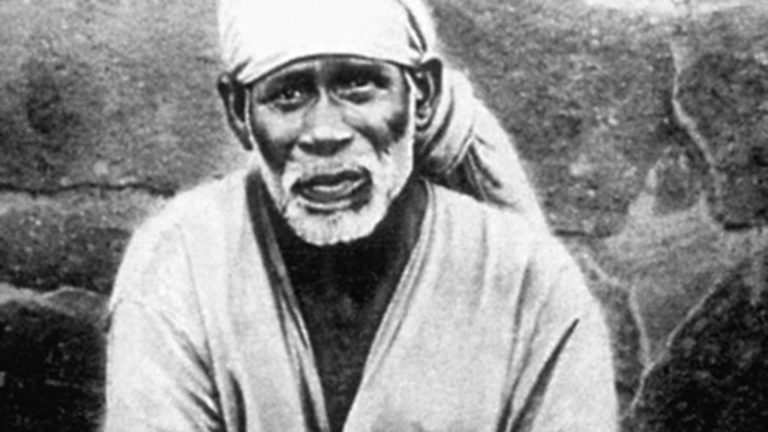
Revered by thousands of Hindu, Muslim, Christian, and Zoroastrian devotees, Shirdi Sai Baba was known to be an Indian saint, Satguru, fakir (vowed to poverty and devoted to God), and spiritual master.
The translation of Sai Baba’s name speaks directly to how people saw him. Sai means “Sufi Saint” and Baba means “Father.”
Baba did not support the hierarchical caste system or the notion that one religion was more significant than another. Throughout his life, he gently wove elements of Christianity, Hinduism, and Islam into his unique version of Vedantic teachings.
While Sai Baba’s birth year was not recorded, it is assumed he was born near the year 1838. He passed from this life in samadhi in 1918. Baba often lived in a Mosque, and his physical body was cremated in a temple.
Many believe Sai Baba of Shirdi to be the embodiment of Saguna Brahma, which refers to an eternal, absolute and immanent divine presence. Many also believe Sai Baba is the embodiment of the supreme God and Sri Dattatreya, one of the consecrated avatar-lords of Yoga in Hinduism.
Baba was most likely born to Brahmin parents within a few hundred miles of Shirdi, Maharashtra, India. Some have reported that he came from the village of Pathri. When he arrived in Shirdi, at the age of 16, where he led an ascetic life, Baba began meditating under a neem tree and teaching local villagers.
Baba left Shirdi for some time and was thought to have traveled throughout the country meeting with other saints, fakirs, and gurus.
“Do not be misled by what you see around you, or be influenced by what you see. You live in a world which is a playground of illusion, full of false paths, false values, and false ideals. But you are not part of that world.”
— Shirdi Sai Baba
The Teachings of Shirdi Sai Baba
While most of the local villagers saw Sai Baba as a beautiful and humble saint, a few considered him to be evil and would throw stones at him. Regardless, he remained in a state of profound peace and showered his followers with love, respect, and kindness.
When living at the Mosque, Baba would tend the sacred fire (dhuni) and would give out the ashes to his devotees. Baba’s holy ash was reported to have produced many healings and miracles.
Sai Baba’s teachings were based in the three Hindu paths, Bhakti, Jnana and Karma Yoga. He believed one God to govern all. He was occasionally heard chanting, “Allah Malik” or God is King.
Like many Satgurus, Shirdi Sai Baba focused on the importance of self-realization, while continually warning of the trappings found when we love things in the material world. Baba taught about love and forgiveness, charity, selfless service, inner peace, and how to maintain an un-shattered devotion to God.
Sai Baba of Shirdi was particularly adamant about the importance of surrendering to your guru or Satguru. He taught that having a living master helps initiates release their attachments to their self-identities and move closer to God-consciousness.
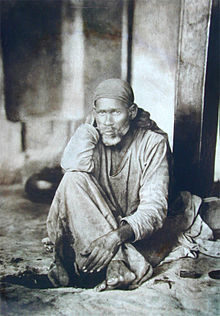
Sai Baba of Shirdi would often share ideas that seemed to be akin to a spiritual form of physics. He would say, “To every one of us there must come a time when the whole universe will be found to have been a dream when we find the soul is infinitely better than its surroundings. It is only a question of time, and time is nothing in the infinite.”
Baba taught two fundamental principles over and over again, Shraddha and Saburi. The Sanskrit word “Shraddha” means to have love, respect, and faith in the divine. Baba taught that Shraddha would take devotees far beyond intellectual intelligence and a rationalized reality. He taught that Saburi, meaning “patience and firmness,” is a vital part of achieving self-realization.
In all things, Baba taught us that our spiritual paths would be less burdened if we protected the purity of our souls, minds, and hearts.
Sai Baba of Shirdi Quotes
“What is new in the world? Nothing. What is old in the world? Nothing. Everything has always been and will always be.”
“Man is lost and is wandering in a jungle where real values have no meaning. Real values can have meaning to man only when he steps on to the spiritual path, a path where negative emotions have no use.”
“College education gives you the chance to earn money and live thereupon. But, unless it destroys certain illusions that are nourished by the common level of mankind, your lives will not be happy.”
“Look out into the universe and contemplate the glory of God. Observe the stars, millions of them, twinkling in the night sky, all with a message of unity, part of the very nature of God.”
“Why fear when I am here?”
“The end of knowledge is wisdom. The end of culture is perfection. The end of wisdom is freedom. The end of education is character. And character consists of eagerness to renounce one’s selfish greed.”
“I am formless and everywhere. I am in everything and beyond. I fill all space.”
“I will not allow my devotees to come to harm. If a devotee is about to fall, I stretch out my hands to support him or her. I think of my people day and night. I say their names over and over. I look on all with an equal eye.”
“I cannot do anything without God’s permission.”
The Other Sai: Sathya Sai Baba
More recently, Sathya Sai Baba, an Indian guru who lived from 1926 to 2011, was a revered spiritual teacher who claimed to be the reincarnation of Sai Baba of Shirdi.
Both devotees and non-devotees reported Sathya Sai Baba’s ability to materialize jewelry, heal the sick, and appear in multiple locations at the same point in time. These public displays of spiritual magic elevated his fame while also producing controversy.
Throughout his 84 years, Sathya Sai Baba established a network of free hospitals, clinics, ashrams, and schools, and was committed to funding clean water projects in a long list of cities throughout India. There are over 1200 Sai Centres in 126 countries.
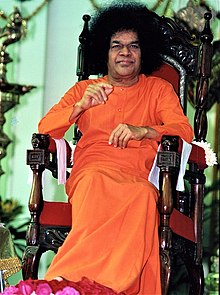
Over 500,000 people attended Sathya Sai Baba’s state funeral, including the President, Prime Minister and other famous dignitaries. Among thousands of others, the Dalai Lama offered his sincerest condolences.
“Love All, Serve All. Help Ever, Hurt Never.”
— Sathya Sai Baba
This article is part of a series on saints and gurus — for more click here.
The Five Chinese Zodiac Elements: How To Discover Yours And The Meaning Behind It
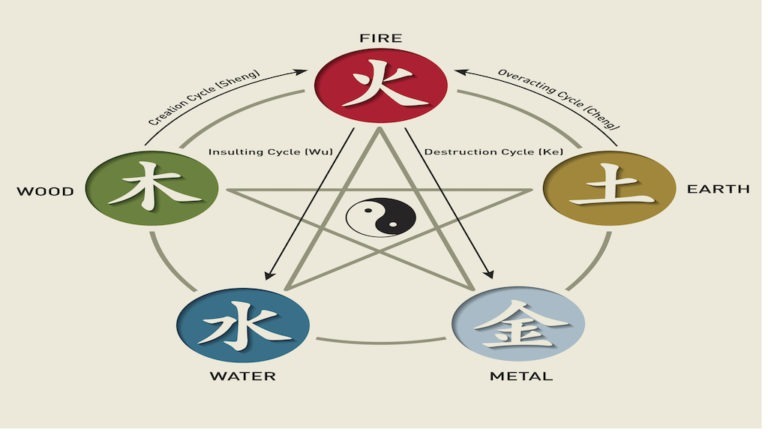
In Chinese culture, balance is a central concept. As energy flows in one direction, it naturally ebbs in another, creating a dynamic equilibrium. This idea is woven into practices like Feng Shui, traditional Chinese medicine, and holistic healing, where harmony in relationships—both internal and external—is essential. The Five Elements Theory, or Wu Xing, emerged during the pre-Qin period (770 BC – 221 BC) and forms the philosophical foundation for many aspects of Chinese thought and practice. The five elements—Wood, Fire, Earth, Metal, and Water—are considered the fundamental building blocks of the universe, constantly interacting in cycles of generation and control.
Similar to how Western astrology uses horoscopes, each element in Wu Xing has its own traits, associations, and symbolic meanings. No element is inherently superior; instead, each possesses distinct strengths and weaknesses and plays a vital role in maintaining universal balance. According to Five Elements Theory, all things originate from and eventually return to the universe through these elemental forces, which is why understanding our personal connection to them is so valuable.
Applications of the Five Elements Theory include:
- Traditional Chinese Medicine
- Feng Shui
- Fortune-Telling and Astrology
- Martial Arts
- Cosmology and Natural Philosophy
Understanding the Chinese Elements Cycle
Each of the five elements—Wood, Fire, Earth, Metal, and Water—stands independently, yet each influences and shapes the others. The world’s dynamic balance is guided by how the elements generate and control one another. The Generating cycle promotes growth and transformation, while the Controlling cycle maintains balance by regulating excess. Together, they create harmony when in proper alignment.
For example:
Generating Cycle (Shēng Cycle):
- Water feeds Wood.
- Wood fuels Fire.
- Fire makes Earth (i.e. ash).
- Earth produces Metal.
- Metal carries Water.
Controlling Cycle (Kè Cycle):
- Wood separates the Earth (i.e. roots).
- Earth absorbs Water.
- Water smothers Fire.
- Fire melts Metal.
- Metal penetrates Wood.

